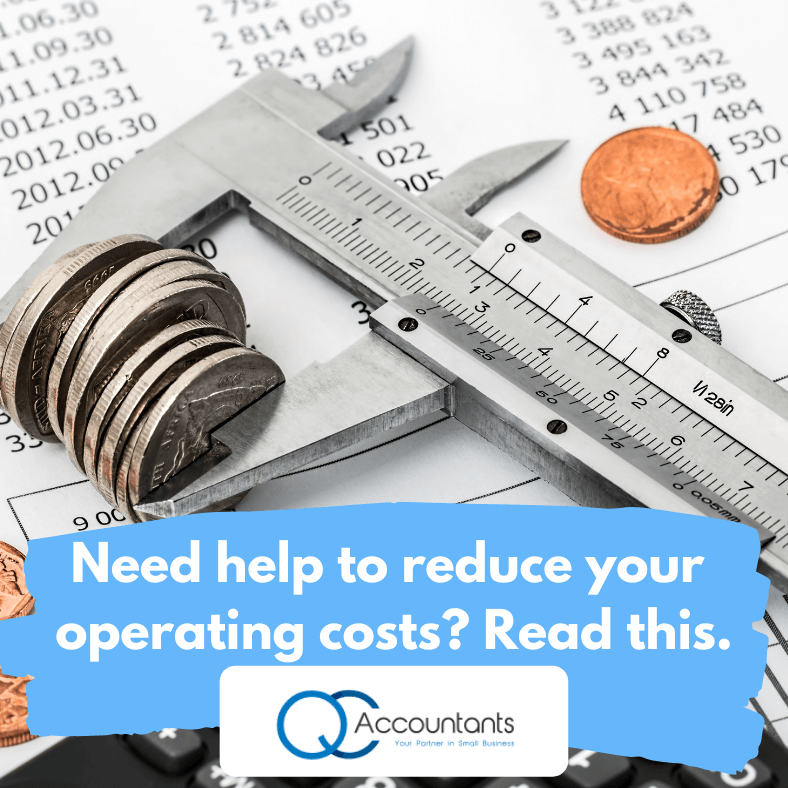Cyber Security Awareness & Risk Reduction

Two out of every five small businesses have experienced a cyber attack. That is a staggering statistic. So what are you going to do about it? Now is the time to make cyber security and risk reduction a top priority. It is time to review processes and platforms, and determine what scams or cyber attacks […]
Understand & Reduce Your Operating Costs

One of the biggest financial challenges faced by small businesses is operating expenses. According to Semrush, 66% of small businesses face financial challenges, with 43% claiming the most prominent challenge is paying operating expenses. Operating expenses cover labour costs, employee benefits, insurances, necessary tools etc. With 2020 proving to be too much for some small […]
3 Things You Need to Learn from 2020

Small businesses employ almost 50% of Australian workers, so there is no doubt they are essential for keeping Australians employed. 2020 was a rough year for small businesses, having to adapt to the tumultuous new commerce landscape. Lockdowns, loss of income and insecurity saw businesses struggling. However, strife often breeds innovation, and the world of […]
Repercussions of a Pandemic. How to Thrive

There’s no ifs or buts about it. Your business, no matter how big or small, has likely been affected by the COVID-19 pandemic. The pandemic has crippled businesses around the world as they fight to retain customers and find new ways to stay relevant in a rapidly evolving market. It’s going to take a lot […]
Cash Flow Problems? Consider These Tips

Cash flow is the number one reason businesses fail. If you’re in this tough position you’re not alone and we’re here to help you get back on top. We’ll outline likely causes of cash flow problems as well as tips to help you deal with them. What went wrong? Asking this simple question to better […]
Employee vs Contractor – Which is Right for Your Business?

If you’re new to employing a team (even if you’re not, but you’re not 100% clear) thinking about the difference between a contractor and an employee can be confusing. Furthermore, there are some well established myths that are misleading at the very least. Even though it can be confusing, it’s important to be clear about […]
New Business Registrations

There are many things to consider when starting your own business and while it can be a very exciting time, it can also be quite daunting without sound advice. The legalities need to be carefully understood and this is where a good accountant will be your best friend and advisor. Business registrations can take various […]
Setting Goals for 2021

The end of the year is a time when many people set goals – both professional and personal. Make it a powerful way to launch into 2021, and hit the ground running in the new year. We’re here to share why and how to set goals, plus how to achieve them. Why Set Goals? Lewis […]
How to Keep Electronic Records

Keeping great records is important for every business. It’s tied to legal and tax obligations, but it also allows you to keep track of how your business is performing. In this article we’re going to explore the pros and cons of using an electronic record-keeping system, and what you should consider when choosing one. What […]
How to set and reach achievable goals

2020 has been a year of challenges, but also a year of rethinking. There’s no doubt that lots of new ideas may have passed through your mind. Whether it was rethinking your work-life balance, saving money, or shifting towards a new business plan, there are many ways in which you may have dreamed up new […]







